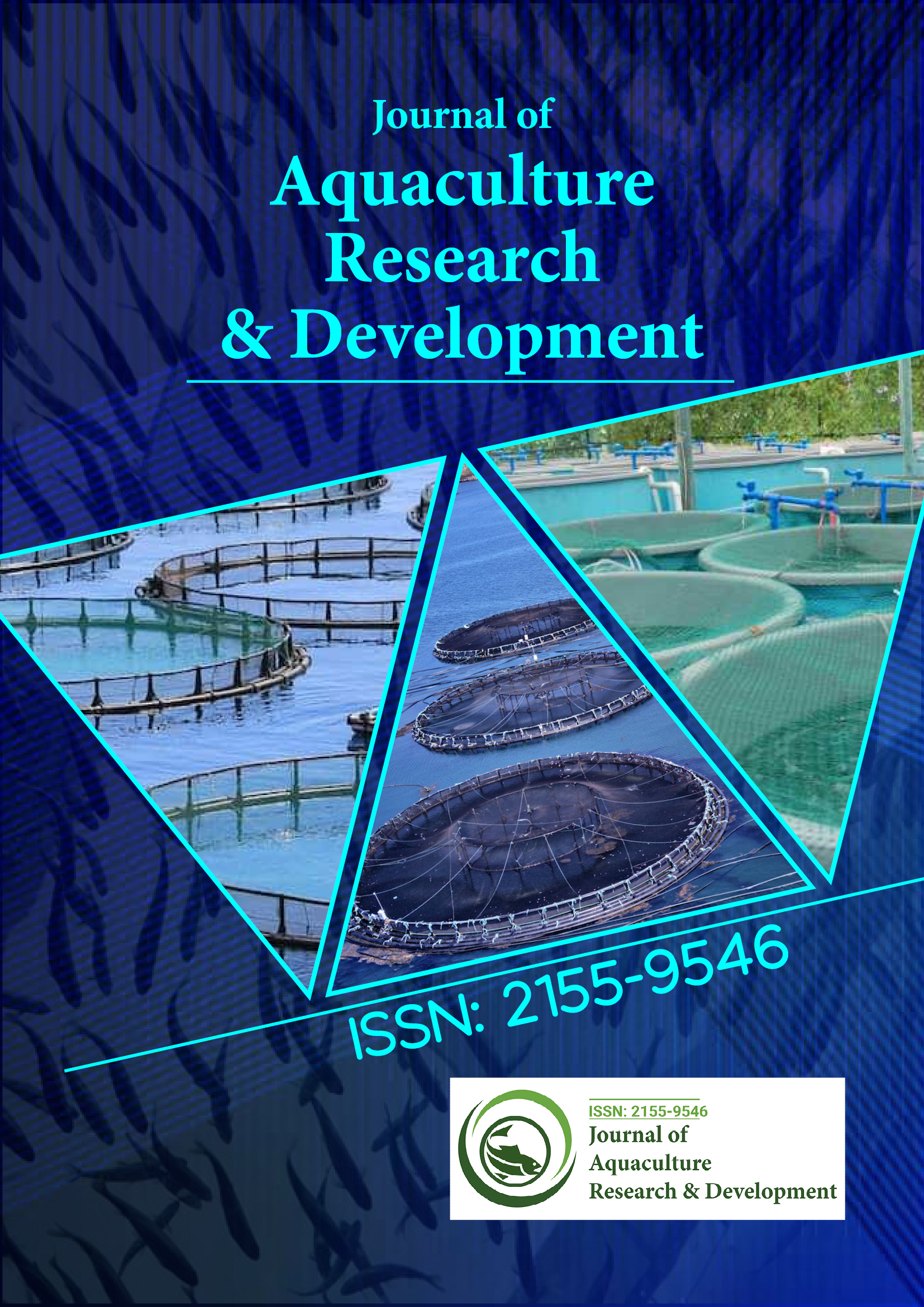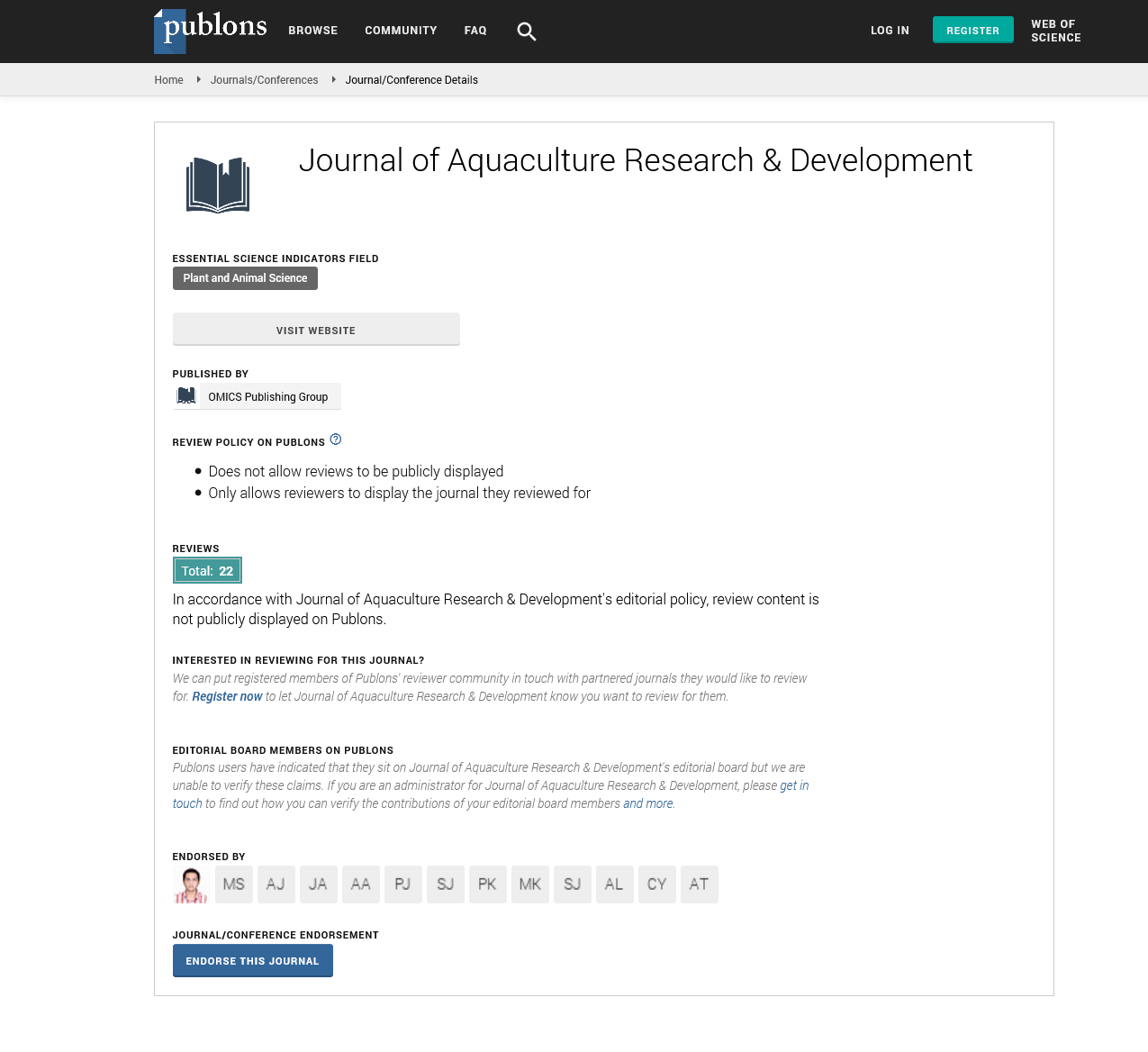Indexed In
- Online Access to Research in the Environment (OARE)
- Open J Gate
- Genamics JournalSeek
- JournalTOCs
- Scimago
- Ulrich's Periodicals Directory
- Access to Global Online Research in Agriculture (AGORA)
- Electronic Journals Library
- Centre for Agriculture and Biosciences International (CABI)
- RefSeek
- Directory of Research Journal Indexing (DRJI)
- Hamdard University
- EBSCO A-Z
- OCLC- WorldCat
- Scholarsteer
- SWB online catalog
- Virtual Library of Biology (vifabio)
- Publons
- MIAR
- University Grants Commission
- Euro Pub
- Google Scholar
Useful Links
Share This Page
Journal Flyer

Open Access Journals
- Agri and Aquaculture
- Biochemistry
- Bioinformatics & Systems Biology
- Business & Management
- Chemistry
- Clinical Sciences
- Engineering
- Food & Nutrition
- General Science
- Genetics & Molecular Biology
- Immunology & Microbiology
- Medical Sciences
- Neuroscience & Psychology
- Nursing & Health Care
- Pharmaceutical Sciences
Opinion Article - (2025) Volume 16, Issue 2
CRISPR Potential in Disease-Resistant Fish Strains
Elena Kozlovan*Received: 03-Feb-2025, Manuscript No. JARD-25-28616; Editor assigned: 05-Feb-2025, Pre QC No. JARD-25-28616 (PQ); Reviewed: 19-Feb-2025, QC No. JARD-25-28616; Revised: 26-Feb-2025, Manuscript No. JARD-25-28616 (R); Published: 05-Mar-2025, DOI: 10.35248/2155-9546.25.16.961
Description
The emergence of CRISPR-Cas9 genome editing technology has revolutionized the field of biotechnology, and its application in aquaculture holds great promise for the development of disease-resistant fish strains. As aquaculture expands globally to meet growing seafood demand, the industry faces significant challenges from infectious diseases that cause large-scale economic losses, compromise animal welfare, and necessitate excessive use of antibiotics and chemicals. Conventional breeding approaches for disease resistance are often time-consuming and limited by genetic variability within species. CRISPR, however, enables precise, targeted genetic modifications, allowing for rapid enhancement of desirable traits such as immune resilience without the drawbacks of traditional selection.
CRISPR-Cas9 functions as a programmable molecular scissor, capable of recognizing specific DNA sequences and inducing double-stranded breaks. These breaks can be repaired by the cell through error-prone or homology-directed mechanisms, allowing scientists to delete, insert, or replace genes. In fish, CRISPR has been employed to knock out susceptibility genes or to introduce genetic variants known to confer resistance to pathogens. This targeted approach significantly accelerates the breeding process, producing fish lines with improved health profiles in a single generation.
Several fish species have already been subject to CRISPR modifications with encouraging results. In channel catfish, editing of the interleukin-2 receptor subunit gamma gene enhanced resistance to bacterial infections such as Edwardsiella ictaluri, a common pathogen in freshwater aquaculture. Similarly, in Atlantic salmon, CRISPR has been used to knock out genes associated with susceptibility to Infectious Salmon Anemia Virus (ISAV). These interventions did not compromise growth or reproductive performance, highlighting CRISPRâ??s potential to improve health outcomes without negatively affecting other essential traits.
One of the most promising applications of CRISPR in aquaculture involves the engineering of antimicrobial peptide expression in fish. These peptides, part of the innate immune system, can be upregulated using CRISPR to strengthen first-line defenses against invading pathogens. Tilapia, carp, and trout have been the focus of such efforts, with early results indicating increased survival rates under pathogenic challenge. This approach may be especially effective against opportunistic bacteria such as Aeromonas and Vibrio, which are prevalent in intensive farming systems.
Beyond direct gene editing for resistance, CRISPR also facilitates functional genomics studies to understand host-pathogen interactions. By knocking out or activating candidate genes, researchers can observe resulting phenotypes and clarify molecular mechanisms behind disease susceptibility or tolerance. This knowledge expands the toolbox for both genetic improvement and therapeutic development. Moreover, CRISPR screening in fish cell lines can help identify novel targets for vaccines or drugs.
Despite its promise, CRISPR application in aquaculture must navigate several challenges. Off-target effects remain a concern, particularly in complex genomes where unintended edits could produce undesirable traits. Advances in guide RNA design and high-fidelity Cas9 variants are helping to mitigate this risk. Ethical and regulatory issues also play a major role. While genome editing for disease resistance is distinct from transgenesis, public perception may not clearly differentiate between the two, especially when edited fish are intended for human consumption. Some regions have already issued guidelines for genome-edited organisms, but global harmonization of policies is still lacking. Transparency in research and communication with stakeholders will be crucial to ensure consumer trust and regulatory compliance.
Another consideration is the potential ecological impact should CRISPR-edited fish escape into wild populations. While disease resistance itself may not confer competitive advantage, combining it with other traits like fast growth could alter local gene pools if gene flow occurs. Thus, containment strategies and reproductive sterilization of edited stocks may be necessary to minimize ecological risks.
The use of CRISPR for disease resistance aligns with broader sustainability goals in aquaculture. Reducing reliance on antibiotics through genetic resilience supports the fight against antimicrobial resistance, a major global health threat. Healthier stocks also improve productivity, reduce mortality, and enhance animal welfare. As aquaculture moves toward precision breeding, CRISPR stands out as a transformative tool that can help unlock the genetic potential of fish species for more resilient, sustainable production systems.
Citation: Kozlovan E (2025). CRISPR Potential in Disease-Resistant Fish Strains. J Aquac Res Dev. 16:961.
Copyright: © 2025 Kozlovan E. This is an open access article distributed under the terms of the Creative Commons Attribution License, which permits unrestricted use, distribution, and reproduction in any medium, provided the original author and source are credited.

